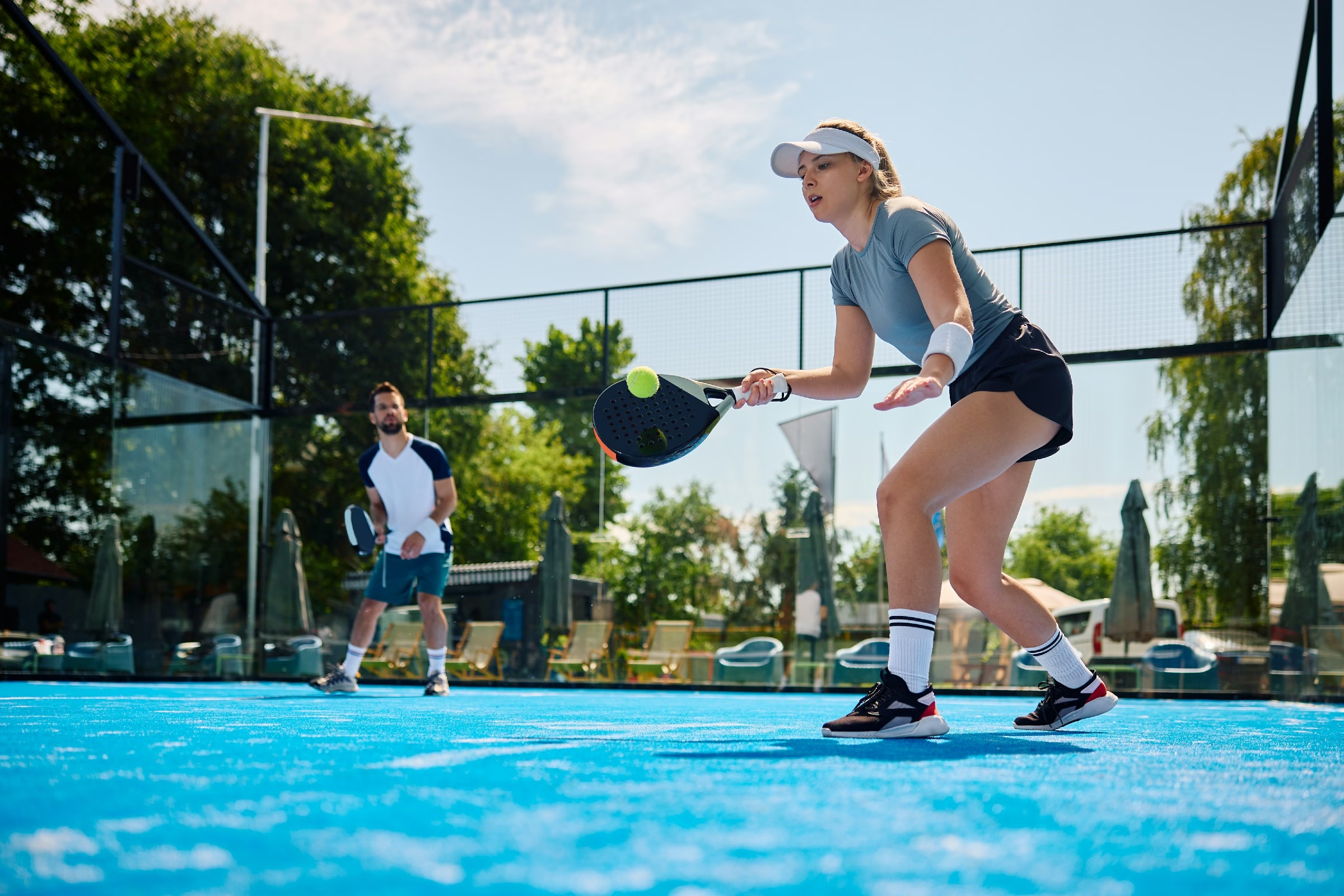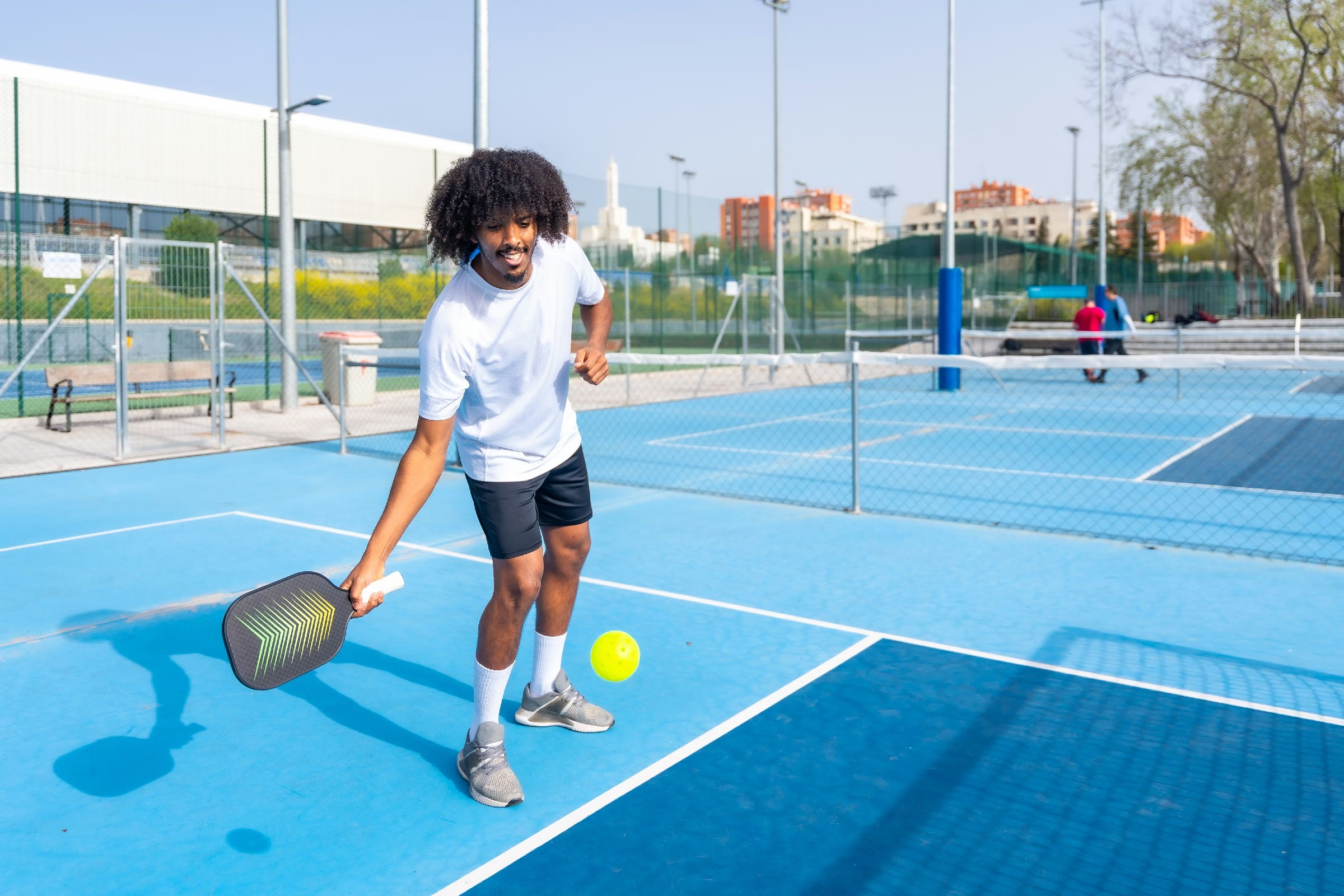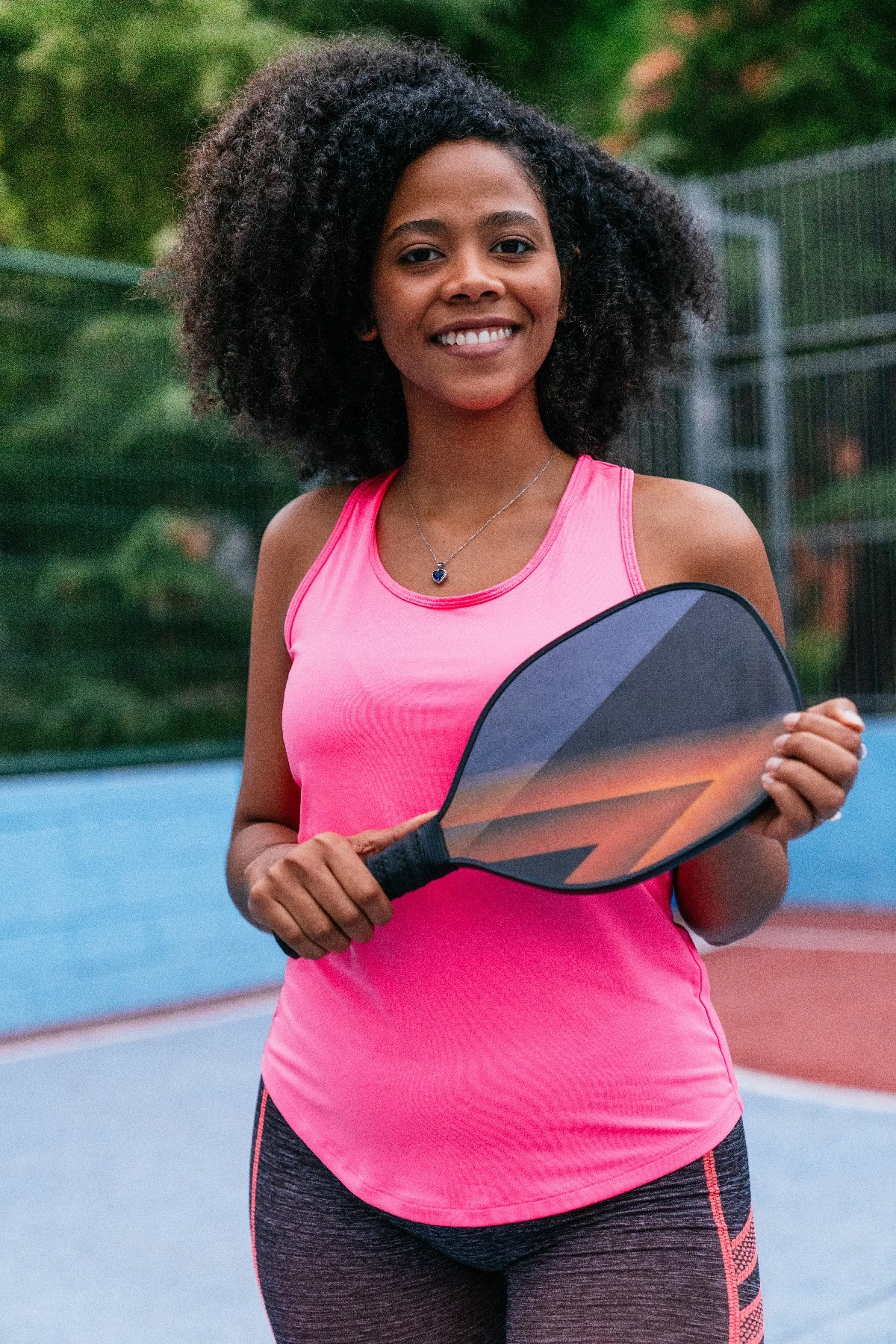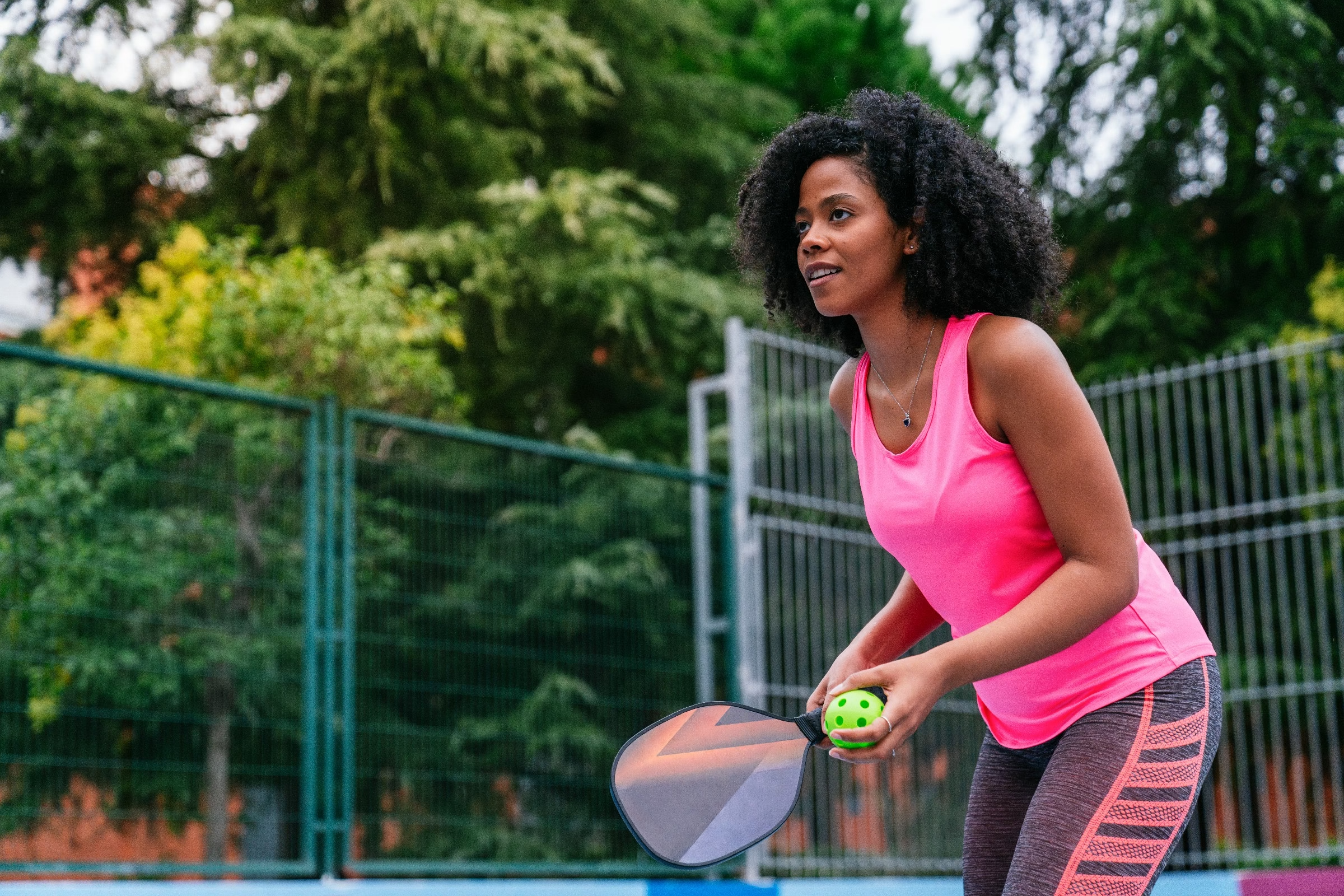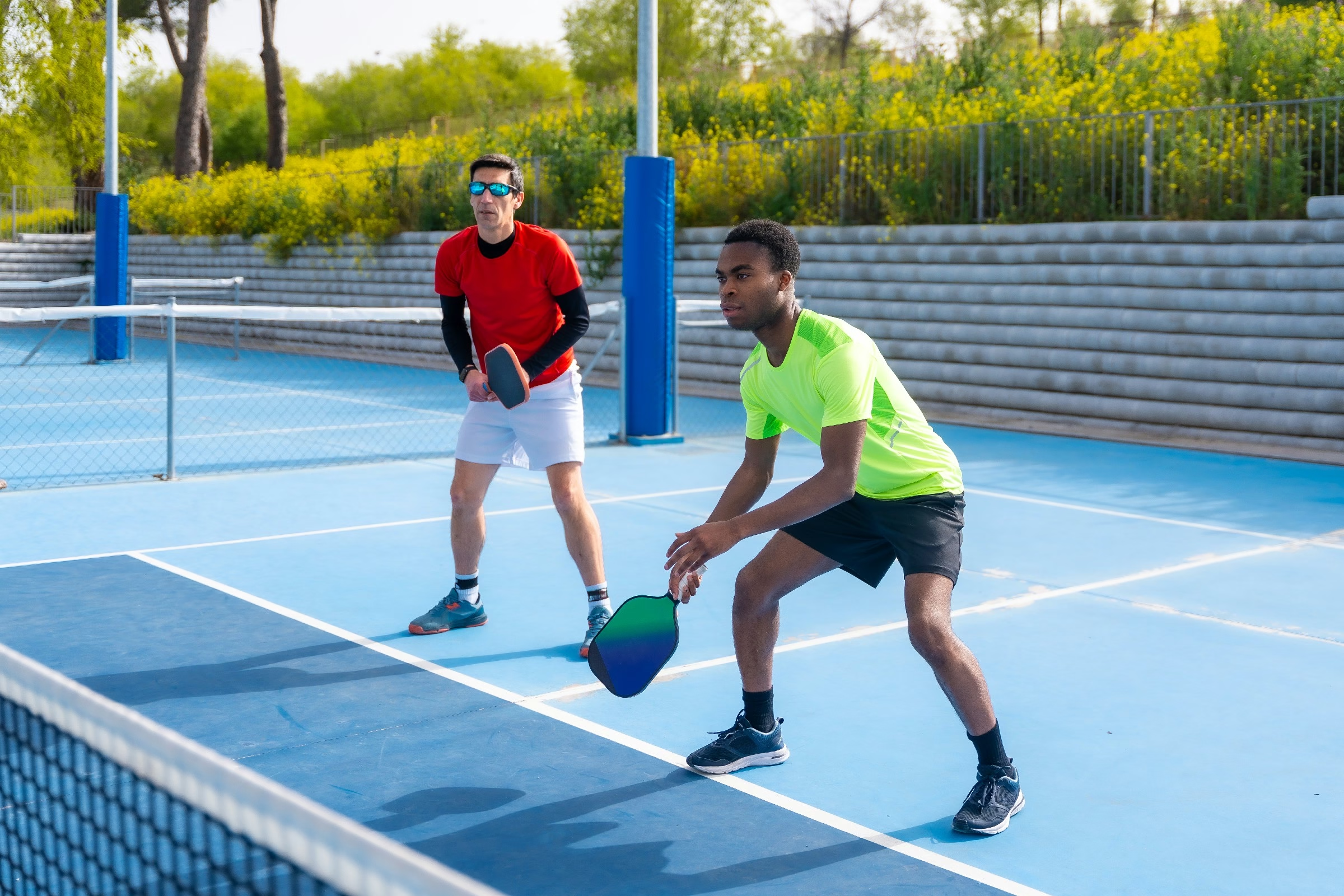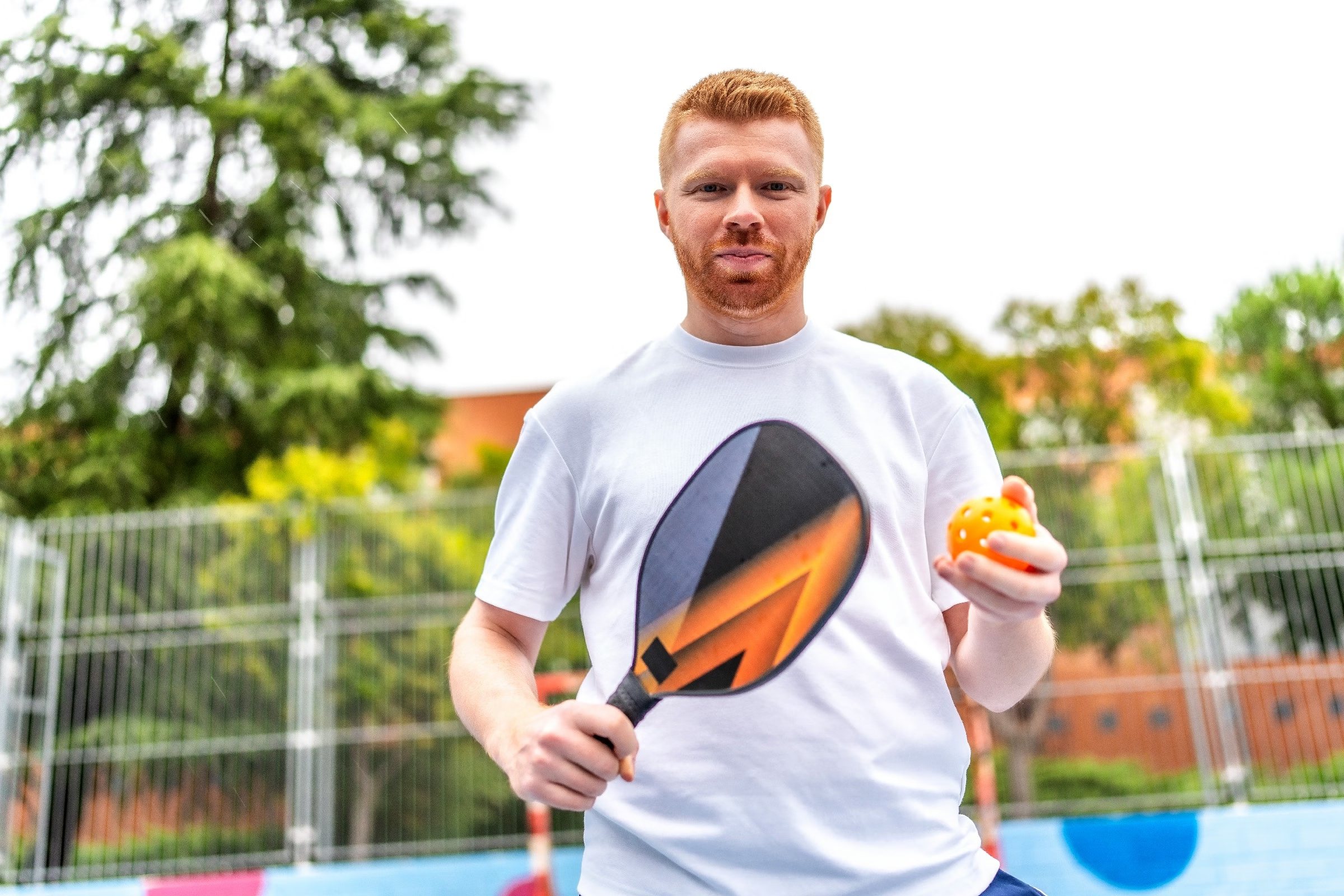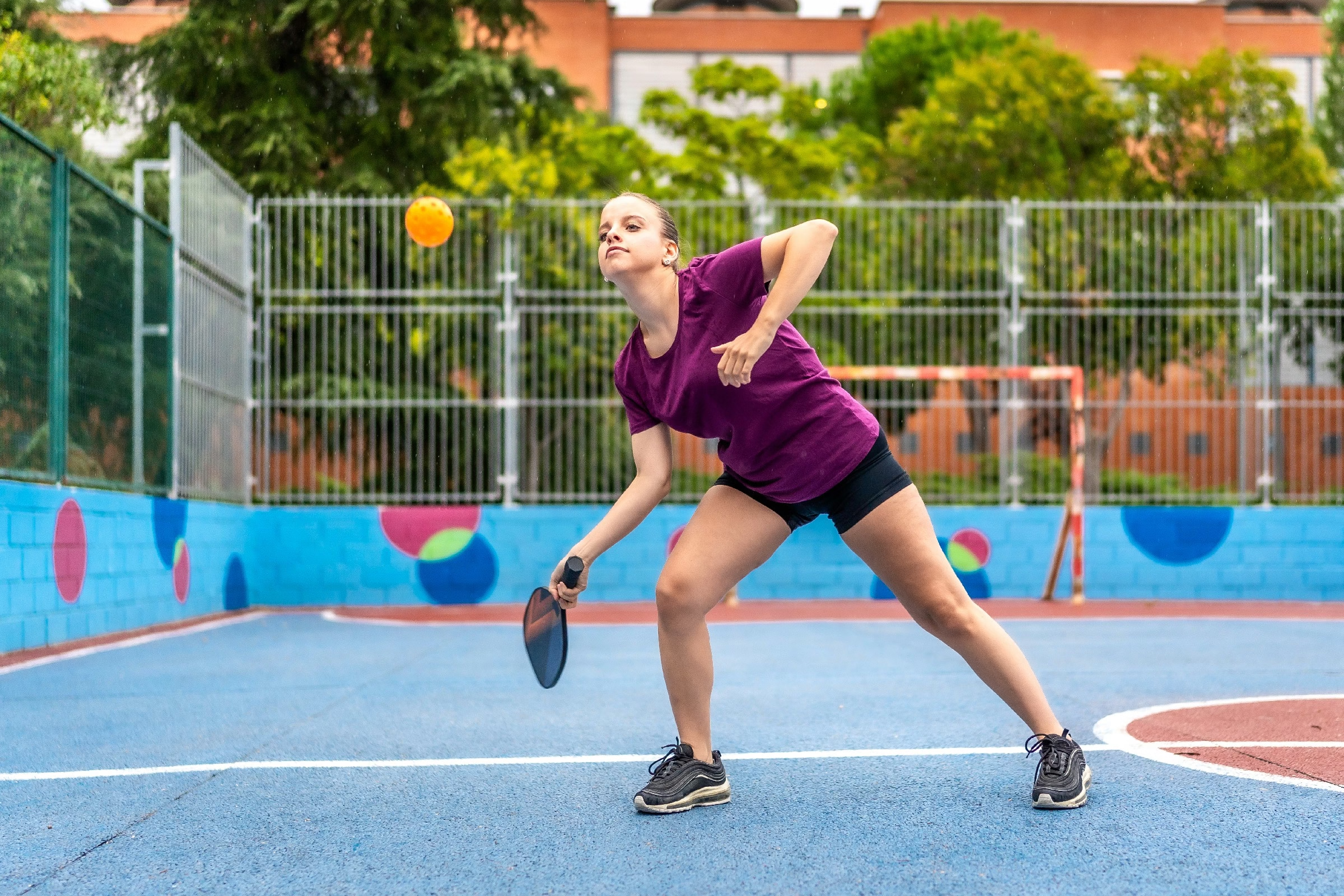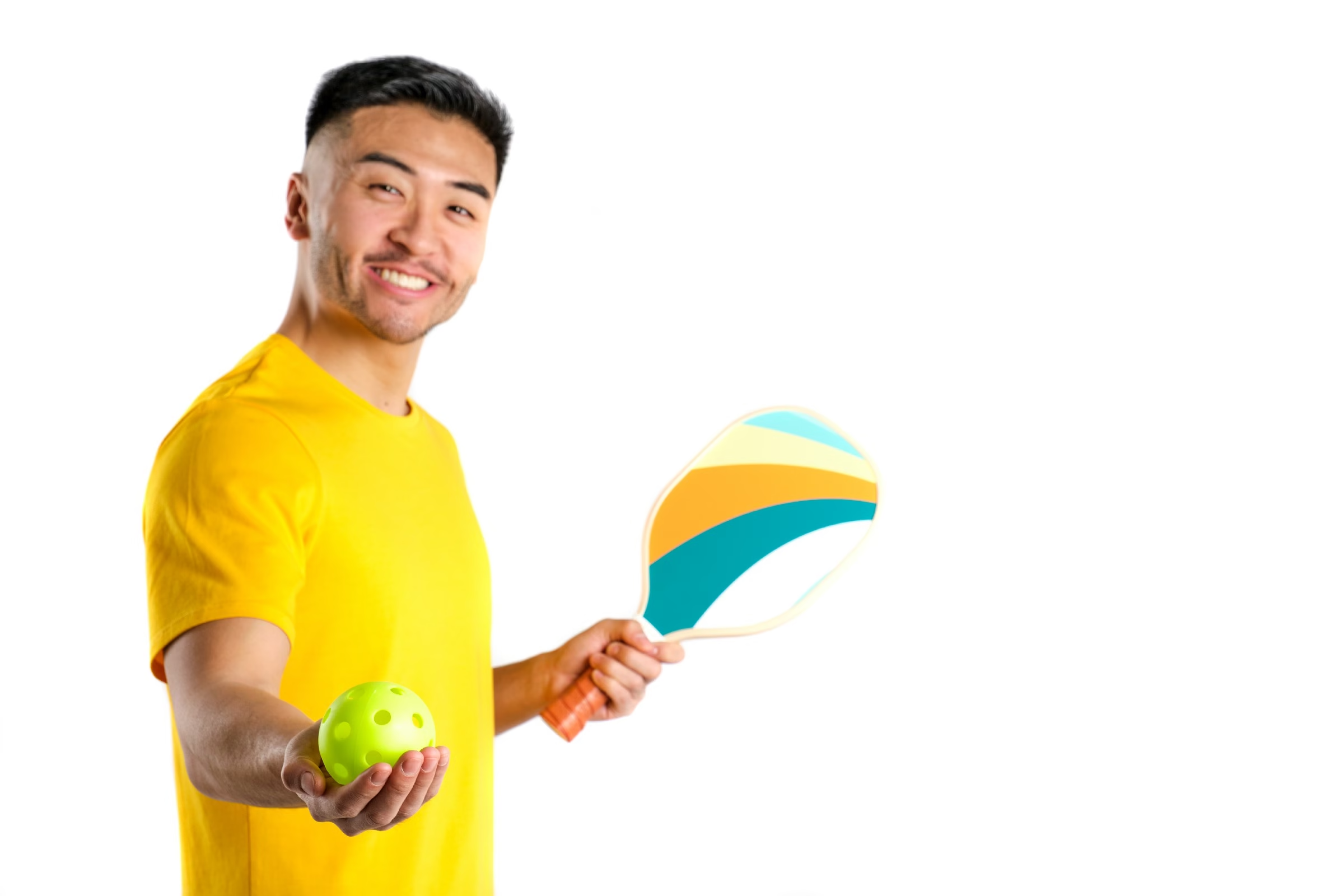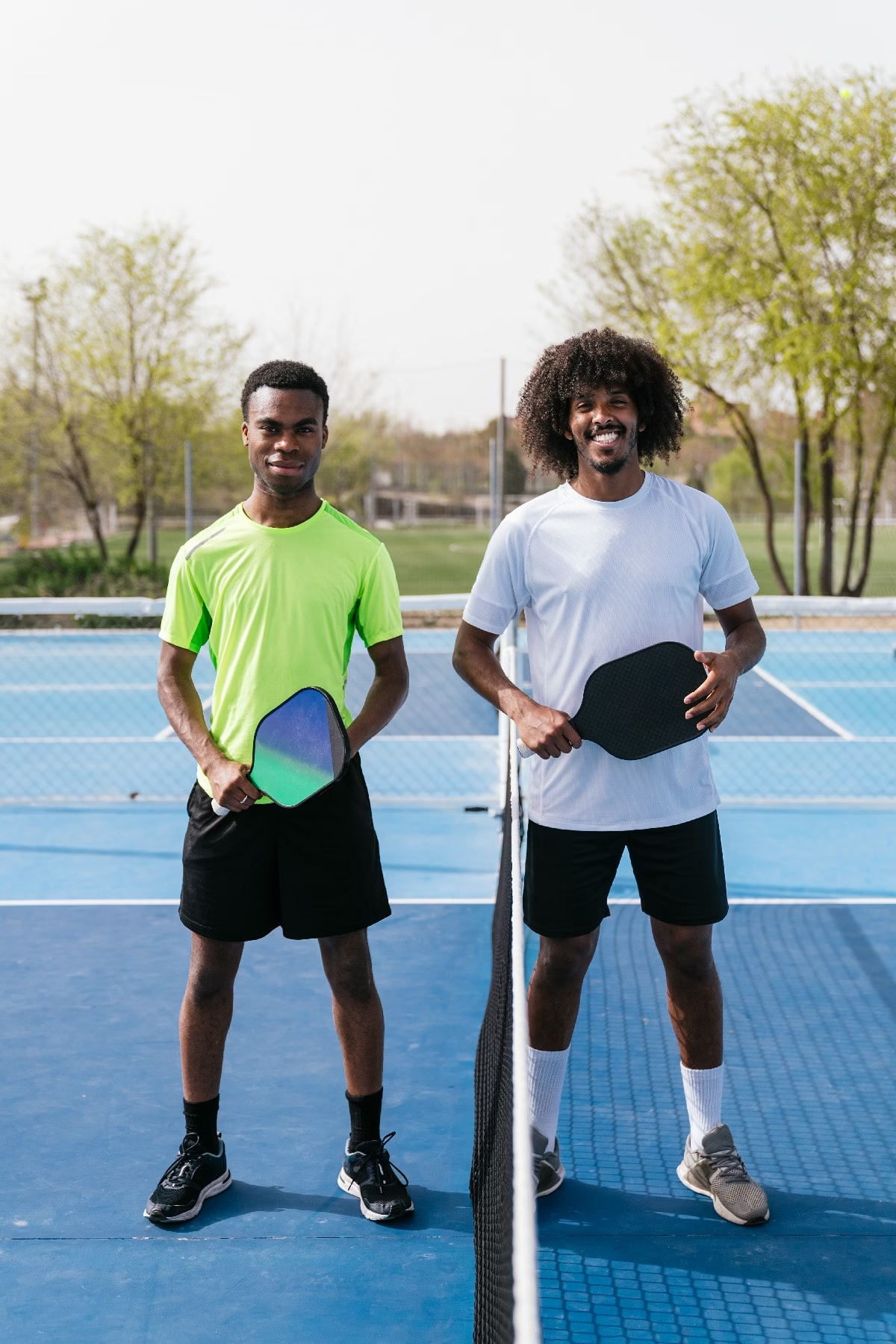Blog
is there a difference between tennis and pickleball shoes

When it comes to racquet sports, the shoes you wear can make a world of difference. With the rise of pickleball as a popular alternative to tennis, many players find themselves pondering an essential question: is there really a difference between tennis and pickleball shoes? Both sports demand agility, speedy lateral movements, and solid footing, yet the nuances in playing style and court surfaces may call for distinct footwear choices. This article will explore the key differences,similarities,and considerations for players to keep in mind when selecting their next pair of shoes,ensuring that whether you’re serving aces or dinking at the net,your feet are well-equipped for the game ahead.
Table of Contents
- Understanding the Unique Demands of Tennis and Pickleball Footwear
- Examining Sole Structures: keys to Optimal Performance
- Evaluating support Features for Lateral Movement and Stability
- Material Matters: Breathability and Durability in Court Shoes
- Choosing the Right Sole Type for Different Court Surfaces
- Top Shoe Recommendations for Enthusiasts of Both Sports
- Q&A
- Concluding Remarks
understanding the Unique Demands of Tennis and Pickleball Footwear
The world of racquet sports, particularly tennis and pickleball, requires players to have footwear that meets the specific demands of each game. While both sports are played on similar surfaces, the movements involved can be distinct. Tennis often involves quicker lateral movements, sprints, and sudden stops, while pickleball places more emphasis on short bursts of agility and stability during rapid directional changes. Because of these differences, footwear designed for each sport incorporates unique features to enhance performance and protect the player.
- Cushioning and Support: Tennis shoes typically offer more cushioning in the midsole to absorb the impact of long rallies and powerful serves.
- Stability Features: Tennis footwear often includes reinforced sides to provide additional support during lateral movements, reducing the risk of ankle injuries.
- Traction Patterns: The outsoles of tennis shoes are designed with specific traction patterns optimized for hard courts, while pickleball shoes usually have a flatter design that accommodates the sport’s unique court dynamics.
In contrast, pickleball footwear tends to prioritize lightweight materials and flexibility to support the type of movements players execute during games. The shoes are often less bulky, allowing for quicker foot transitions and a more natural feel on the court. While some brands have started producing models designed explicitly for pickleball, players should note that the choice of footwear can considerably influence on-court performance.
| Tennis Shoes | Pickleball Shoes |
|---|---|
| Higher cushioning for impact absorption | Lighter materials for agility |
| Enhanced lateral support | More flexibility in construction |
| Specific traction for hard courts | Flatter outsole for multi-directional movement |
Examining Sole Structures: Keys to Optimal Performance
When it comes to sports footwear,understanding the nuances of sole structures is vital for enhancing performance on the court. Tennis and pickleball shoes,while both designed for court sports,have distinct attributes tailored to their respective games. Tennis shoes are generally built with more durable materials to withstand the rigorous lateral movements prevalent in tennis, which often involves sudden sprints and sharp turns. In this very way, they typically feature:
- Stiffer midsoles for added support during quick side-to-side moves.
- Reinforced toe caps to protect against toe-dragging during serves and volleys.
- Multi-directional tread patterns that enhance traction on varying court surfaces.
In contrast,pickleball shoes emphasize comfort and agility while accommodating the sport’s unique playstyle. Players often engage in quick, short bursts of movement, requiring footwear that allows for greater flexibility. Consequently, pickleball shoes are designed with:
- Lower profile soles that promote a more natural foot positioning.
- Lightweight materials for easier maneuverability.
- Enhanced cushioning to absorb impact during quick stops and starts.
The differences in sole structures are crucial for athletes aiming to optimize their performance. Below is a simple comparison table highlighting key features:
| Feature | Tennis Shoes | Pickleball Shoes |
|---|---|---|
| Durability | High | Medium |
| Weight | Heavier | lighter |
| Support | High | Medium |
| Cushioning | Moderate | High |
Evaluating Support Features for Lateral Movement and Stability
When it comes to the performance of sports footwear, lateral movement and stability are crucial factors distinguishing the right shoe for tennis from that of pickleball.Each sport demands different footwork patterns and types of movement, impacting the design and features of the shoes. For tennis, which involves quick side-to-side maneuvers, shoes are typically equipped with enhanced support features such as:
- Rigid heel counters to stabilize the back of the foot during lateral shifts.
- Midsole cushioning that absorbs impact while allowing quick transitions.
- Outsole traction patterns tailored for multi-directional movement.
In contrast, pickleball players benefit from a different configuration. Their movements are frequently enough less intense, allowing for greater flexibility without compromising stability. Shoes designed specifically for pickleball may incorporate:
- Flexible outsoles that support easier pivots.
- Lighter materials that facilitate faster reactions and comfort during play.
- Enhanced breathability to keep feet cool during extended matches.
To summarize the essential differences, the following table outlines the primary characteristics of shoes tailored for tennis and pickleball:
| Feature | Tennis Shoes | Pickleball Shoes |
|---|---|---|
| stability Support | High | Moderate |
| Traction Style | multi-directional | Grip-focused |
| Weight | Heavier | Lighter |
Material Matters: Breathability and Durability in Court Shoes
When selecting footwear for court sports like tennis and pickleball, choosing the right materials can significantly impact your performance. Breathability is a crucial factor, especially during long matches where heat can build up and cause discomfort. High-quality shoes frequently enough incorporate meshed fabrics or specialized synthetic materials that allow air circulation, keeping your feet cool and dry. Look for shoes featuring:
- Mesh panels for enhanced ventilation
- Moisture-wicking linings to manage sweat
- Flexible materials that adapt to foot movements
On the other hand, durability proves essential in the dynamic ebbs and flows of both sports.Given the high lateral movements and constant stopping and starting, shoes must withstand meaningful wear and tear. Advanced rubber or durable compounds in the outsole can provide superior traction without compromising longevity.Consider how the shoe’s materials contribute to durability, such as:
- Reinforced toe caps to protect against drag
- High-abrasion rubber in key contact areas
- Stitching techniques designed for longevity
While both tennis and pickleball share similarities, the structural differences in shoe design cater to the unique demands of each sport. As a notable example, tennis shoes generally feature slightly stiffer midsoles for added support on the court, while pickleball shoes might prioritize a lighter design for quicker footwork. Below is a simple comparison table to highlight the key material differences:
| Feature | Tennis Shoes | Pickleball Shoes |
|---|---|---|
| Breathability | Moderate to High | High |
| Durability | High | Moderate |
| Weight | Heavier | Lighter |
choosing the Right Sole Type for Different Court Surfaces
When selecting footwear for court sports, one crucial element to consider is the type of sole that best suits different playing surfaces. Each surface—whether it’s clay, grass, or hardcourt—requires specific traction and support. A tennis shoe designed for hard courts features a durable rubber sole with a herringbone pattern to provide optimal grip,allowing for quick lateral movements. In contrast, shoes tailored for clay courts typically possess a modified tread pattern, which enhances sliding and minimizes the risk of slipping during explosive pivots.
For pickleball, the requirements can vary slightly depending on whether you’re playing indoors or outdoors. Indoor courts generally have a *smooth,wooden surface*,so shoes with flat,non-marking soles work best. This design promotes easy movement without damaging the court.Outdoor pickleball courts, frequently enough made of composite or asphalt, benefit from a more robust sole with deeper grooves to withstand diverse conditions and provide better grip during intense rallies. Choosing the right sole type not only enhances performance but helps prevent injuries by providing proper traction and stability.
Here’s a quick reference table to help visualize the ideal shoe types for varying court surfaces:
| Court Surface | Recommended Sole Type |
|---|---|
| Hardcourt (Tennis) | Durable rubber with herringbone pattern |
| Clay (Tennis) | Modified tread for sliding |
| Indoor (Pickleball) | Flat, non-marking sole |
| Outdoor (Pickleball) | Robust sole with deeper grooves |
top Shoe Recommendations for Enthusiasts of Both Sports
When it comes to selecting shoes that cater to both tennis and pickleball enthusiasts, comfort and support are paramount. Both sports involve quick lateral movements and sudden stops, so a shoe providing ample cushioning and stability can enhance your performance. Look for models that feature a responsive midsole,which helps in absorbing impact and ensuring smoother transitions during gameplay. Here are some standout options:
- Asics Gel-resolution 8: Known for its excellent support and grip, this shoe is equipped with Gel technology for maximum comfort.
- Nike Court Air Zoom Vapor Pro: With its lightweight design and responsive cushioning, this shoe is perfect for players who value speed.
- New Balance fresh foam Lav: This sneaker boasts a soft foam midsole for enhanced comfort,making it suitable for long games.
In addition to comfort and support, durability stands out as a key factor when choosing footwear for these racket sports. Look for shoes crafted with high-quality materials that are resilient against extensive wear and tear. Reinforcement in high-friction areas, such as the toe and outsole, can prolong the lifespan of your shoes, enabling you to focus on your game.Consider these durable options:
| Brand | Model | Durability Features |
|---|---|---|
| adidas | Barricade 2020 | Adiwear outsole for improved traction |
| Puma | cell Surin 2 | rubber outsole with lateral support |
| Wilson | Rush Pro 3.0 | Durable traction for hard courts |
Lastly, aesthetics shouldn’t be overlooked; having shoes that match your style can boost confidence on the court. Many brands now offer a spectrum of colors and designs that appeal to both fashion-conscious players and those preferring a classic look.With an array of stylish options, you can find the perfect pair that not only meets functional requirements but also expresses your personality. Consider this final suggestion:
- Adidas SoleCourt Boost: A popular choice that combines style, performance, and comfort with a modern twist.
- Li-Ning All-Court: Vibrant colors and lightweight construction make this shoe a visually appealing option.
- Hoka One One Elevon: Known for its bold design and superior cushioning, ideal for those who want to stand out.
Q&A
Q&A: Is There a Difference Between Tennis and Pickleball Shoes?
Q: What are the primary differences between tennis and pickleball shoes?
A: At first glance, both sports may seem similar, but their shoes are designed with distinct features. tennis shoes typically offer more lateral support and cushioning, as players frequently enough make quick side-to-side movements on the court. Pickleball shoes, while also providing support, are usually lighter and designed for the unique court dynamics and more varied angles of pickleball play.
Q: Do I need specific shoes for each sport, or can I use one pair for both?
A: While you could use the same pair for both sports, it’s not ideal. Using dedicated shoes for each sport can enhance performance and reduce the risk of injury. Tennis shoes provide the necessary stability for rapid lateral movements, while pickleball shoes are optimized for the game’s unique motion patterns and can improve traction on the court.
Q: What about outsole differences?
A: Excellent question! The outsoles of tennis and pickleball shoes are often designed for different court surfaces. Tennis shoes frequently have herringbone or omni patterns further suited for clay or hard courts. Pickleball shoes sometimes feature a flatter tread to provide better grip on various surfaces,catering to the faster-paced footwork and more dynamic plays typical of pickleball.
Q: Are there any common features that both types of shoes share?
A: Yes, indeed! Both tennis and pickleball shoes emphasize comfort, durability, and traction. They typically feature cushioned insoles to absorb shock during play and provide arch support. Additionally, both types are often made from breathable materials to help keep your feet cool during intense matches.
Q: Can wearing the wrong type of shoe affect my performance?
A: Absolutely! Wearing inappropriate shoes can lead to discomfort and increase the risk of injuries. As a notable example, wearing tennis shoes while playing pickleball might hinder your footwork, while pickleball shoes on a tennis court may not provide the needed support for lateral movement, affecting your overall gameplay.
Q: So, what should I look for when choosing between the two?
A: When selecting shoes, consider the type of court you’ll be playing on and your style of play.For tennis, prioritize stability and lateral support; for pickleball, look for lightweight options with good traction. Always try them on and pay attention to how they feel, as a proper fit is key to optimal performance.
Q: Are there any brands that make shoes specifically for pickleball?
A: Yes! Several brands have begun to design shoes specifically for pickleball,recognizing the growing popularity of the sport. Brands like Skechers, ASICS, and New Balance have models tailored for pickleball, focusing on the specific needs of players regarding grip, flexibility, and support.
Q: What’s the final takeaway regarding pickleball and tennis shoes?
A: The takeaway is simple: Athletic footwear is tailored to the nuances of each sport. While both tennis and pickleball shoes share some characteristics, understanding the specific demands of each game can lead to better performance and fewer injuries. So, choose wisely, and let your feet carry you to victory on the court!
Concluding Remarks
while tennis and pickleball share similarities in gameplay and court dynamics, the footwear designed for each sport reflects their unique demands.Whether you’re sprinting across a clay court or darting around a pickleball court,choosing the right shoe can enhance your performance and comfort. As you lace up for your next match, consider the distinct features of each type of shoe and how they align with your playing style. irrespective of the choice between tennis and pickleball shoes, the most crucial factor remains your passion for the game—after all, it’s the love of sport that truly propels us forward, one step at a time.


